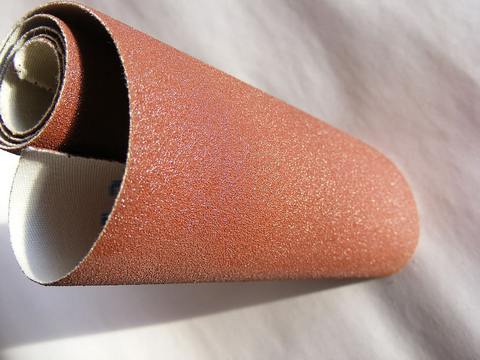In woodworking , the sanding process is a column – basic process and it’s not done only with power sanders , but we use sandpapers and several other abrasives ( pads , steel wool ) , manually .
The combination of hand and power tools sanding is the most wiser and correct approach , in order to get to the sanding – finishing result we want . If we do it right , the result is perfect .

Many times you may do such a nice smoothing job with your hand planer that you may skip the sanding step , but most of the times , the sanding process is needed .
We use sandpapers – abrasive pads/blocks – steel wool for the manual wood sanding .
What is the Sandpaper .
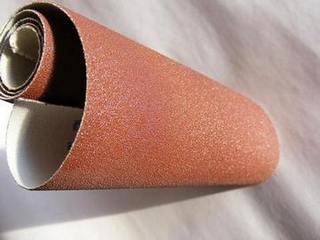
The sandpaper for wood use , is an element that consists of , a flexible circular or rectangular sheet made from paper or reinforced paper with cloth(for belts) – cotton – polyester – rayon(rare) – Pet film – rubber and having in its one side , several granules of abrasive materials( glass – sand – silicon carbide – garnet – emery ) , naturally the old days or chemically bonded together ( not woven ) with glues – resins .
What is sandpaper Used for ?
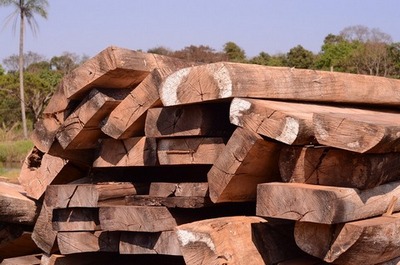
We use the sandpaper sheets to progressively refine a wooden surface and bring it from a rough condition to the best possible smooth condition , as the last and final stage of our woodworking project .
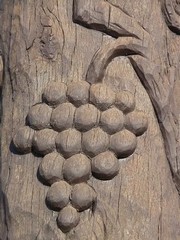
Then we procced to our prefered finishing with oil , waxes , dyes , et.c .
Sometimes we may remove large layers from our wooden surface , changing its shape enough , but not very often . If we want wood shaping we use other wood tools , as rasps – files – planes , et.c .
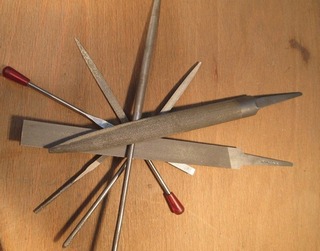
What abrasive paper does ?
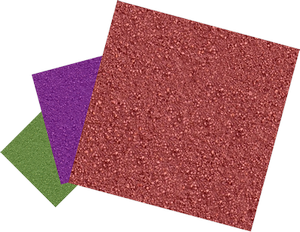
The several grit – abrasive levels of the abrasive papers , have the ability to smoothen by reducing in layers , the wooden surface very progressively and equally to all of the wooden surface , giving a very nice and uniform result .

What are the 2 Types of abrasives ?
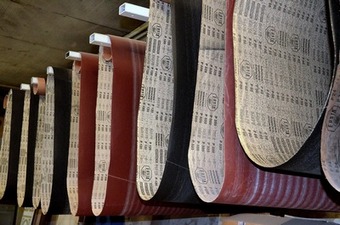
We seperate the abrasive materials in to two big categories , concerning their primary origin . The natural and the chemical made abrasives .
The natural use coarse elements we can find in nature( sand , emery ) , while the chemical ones are using elements we’ve made technically( silicon carbide , et.c ) .
Both are glued by using several glues – resins .
What is the Example of abrasive ?
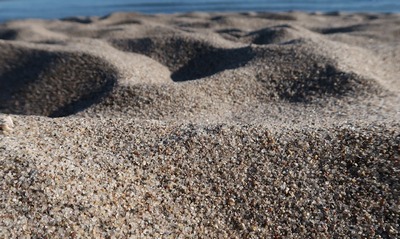
The natural sand we all know from the beaches is a very fine and ancient abrasive . Try to hold some sand inside your palms and rub it to your other palm . The friction you feel is the abrasive ability .
What is the most Common abrasive ?
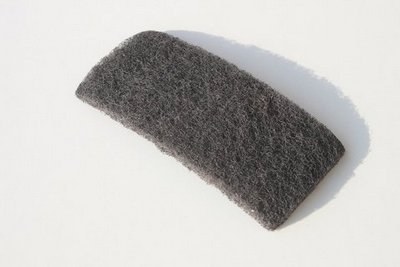
The most common and cheap abrasive you can find in every store , is the scotch – brite in the pads field and the garnet orange sandpaper and not any other or the tungsten carbide , because the tungsten is a rare metal to naturally find it and it extracted very difficult from chemical compounds .
What are the 4 Types of sandpaper ?
1) Aluminum oxide : its grit last very long , it’s very cheap and it’s from very rough sanding .
Disadvantage : it dissolves easily .
2) Silicon carbide : It’s mostly for more “tough” industrial surfaces as , metals , plastic , et.c and it blunts easily .
3) The Garnet : It’s the most well known from all people . It’s the orange sandpaper . It ressolves very quick from all , but here is a trick to keep it longer .
Wrap it up to a wooden block in a fit size for your palms and sand in this way . It lasts way longer . The use of a block doesn’t let it to be folded and tear out .
It’s the cheapest in the markets .
4) Ceramic : It’s the strongest , toughest and lasts the longer time from all . The power sanders use this type of sandpapers .
What are the 3 grades of sandpaper ?
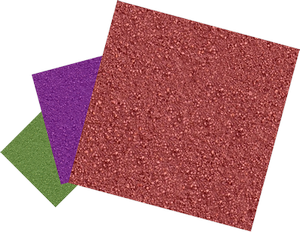
All metric systems around the globe for the grit types of the sandpapers aren’t the same , so we seperate generaly the grit grade of it into : rough – medium – soft .
Don’t mess your brain with numbers . There aren’t the same for all people on Earth .
If you cannot tough – feel your sandpaper , have as a generic grit “lighthouse” this : We start from the roughest grit ( usually the smaller number ) and we progressivel y escalate to the finer grit ( usually the larger number ) .
What is a 80 grit sandpaper used for ?
This depends from the size – length ( from A to Z ) of the grit measuring scale of the sandpaper in the condinent we leave and from the brand we buy .
The 80 grit can be from light rough to light medium to medium !!!! Here is an example :
If the grit scale is only 60 > 80 > 150 > 300 , the 80 is medium .
If the grit scale is 40 > 60 > 80 > 120 > 150 > 220 > 280 > 320 , the 80 grit is a quite rough sandpaper .
So if we suppose that the 80 grit is a light rough and gets close to the medium coarse , we use it to massivelly remove large wood layers , maybe old dyes , to rub and light shape hardwood surfaces( roughen them also ) , to rub corners , to refine hard edges , to adjust our joinery .
What is the 120 grit sandpaper used for ?
This depends from the size – length ( from A to Z ) of the grit metric scale of the sandpaper in the condinent we leave and from the brand we buy .
Have always in your mind , that you should check the length – range of the entire number range ( from A to Z ) of the sandpaper grits and then the spot in this range of the grit number you have , in order to judge its coarseness .
The grits always start from roughest ( the A ) to softest – smoothest ( the Z ) .
Using this mindset you can find the grit in every place in the world you’re and covers all the sandpaper brands .
Of course if you can tough – feel the grit physically , “things” are way easier .
So if we suppose that the 120 grit is a more medium grit( closer to the Z ) , or a medium grit sandpaper , we can make more finer smoothening jobs with it , correct errors between sanding , correct and refine previous deficiencies from our hand planes or our other previous sandpaper work .
How can you tell , if sandpaper is Fine ?

The sandpapers coarseness – grit is measured globally and from all the brands , with an A to Z approach , having the A to be the roughest grit and progressively escalating to the most finer – smoother grit , which is the Z .
If you can feel your sandpaper you can identify how fine it is . If you also need high grit precision and progressiveness , you should also check , its number .
The closest to the Z in the grit scale , the finer .
What does the P means , on sandpapers ?
The Federation of European Producers of Abrasives ( FEPA ) has some standarts for the abrasive materials , their human friendly way of production and some general specifications . This is the number P .
What is the Strongest sandpaper ?
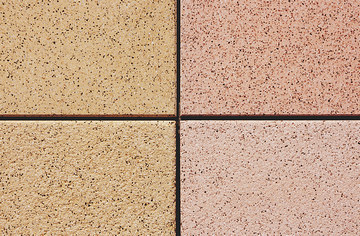
The strongest and mosr aggresive sandpaper way more than the other types , is the ceramic one and that’s why it’s prefered from the woodworkers to use it , with their several types of power sanders .
Are sandpapers Natural or Chemical ?
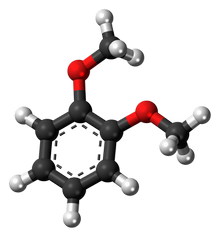
Totally natural sandpaper doesn’t exist even if we’ll use a totally natural paper and a totally natural abrasive element as the sand , because we use chemical glues and resins to bond them together .
The old days they used natural gum for the bonding and yes those sandpaper were totally natural , but in our days we use chemical bonding factors .
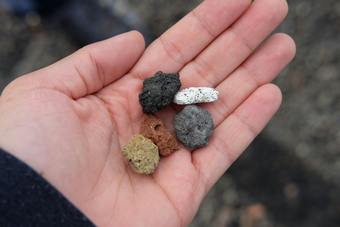
Of course totally chemical sandpapers , having all their elements ( abrasives , cloth , glues ) exist and in a big variety .
Do we use sandpaper Wet or Dry ?
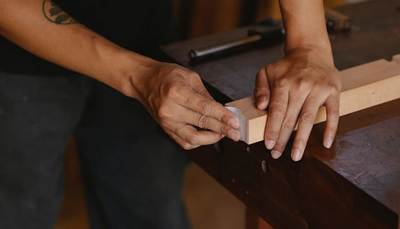
We can use it as we like and this depends from the level of coarseness we want our sandpaper to have and knowing that the wet sandpaper in all of its types – versions , is more softer even if we’ve chosen an aggresive one .
The water “softens” the coarseness in a micro scale and this helps , if we want more “surgical” sanding interventions .
The wet sandpaper is more vulnerable to destraction – tear .
How do I know , What sandpaper to use ?

1) Have a crystal clear vision of the sanding job you want to do and what result you want . You should know exactly , where you want to go .

2) Make wise sandpaper grit choices – combinations , having always in your brain the “target” you want to reach .
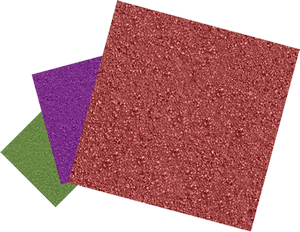
3) Escalate the grit from rough to soft slowly , make constantly tests by feeling the job you’re doing in every single level , till you reach the sanding result you want .
Can i use sandpaper , by Hand ?

Yes , of course you can use your sandpaper by hand , manually and help yourself by wrapping it up , to a block size as your palm is , in order to rub bigger flat surfaces .
What is the “golden Rule” , for sandpapers ?

Begin from the rougher grit to the finer one , always making touching tests and not too fast , because if you “eat” more wood’s layers than you want , you cannot go back .
Can you use a Normal sandpaper on a sander ?
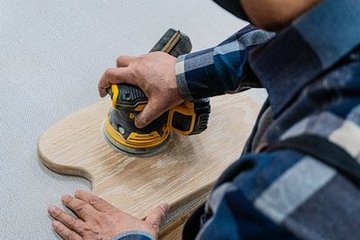
Yes , you can use a normal and a cheaper sandpaper on your power sander as the orange one , but be aware that you’ll more pieces of course . Try to use low revs , in order not to demolish it very soon .
See in HERE some my top orbital sander suggestions to buy from the markets , in all the price range .
Can sandpaper be Reused ?
Yes , you can use your sandpaper as many times you want to , till its total destruction . Of course its performance is reducing during time and rubbing .
How Long does sandpaper last ?
This depends from the type – quality of your sandpaper , the type of wooden surface and the tough rubbing you’ll put it through with your hands , or your power sanders .
Remember in HERE , the wood types and their specs .
How do you make sandpaper Rough again ?
Usually by rubbing it to a solid elastomer material , a silicone , or a soft plastic , a rubber , in order to “clean” it from the dust the abrasive elements have between them .
What is the abrasive Pads ?
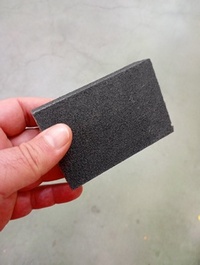
The abrasive pads for wood , are basic sanding equipment having smaller of bigger size , up to two human’s palm size and circular( with holes inside them or not ) , square , rectangular or sometimes in only one of their edges , trianglular shaped having several thicknesses .
How are abrasives Made ?
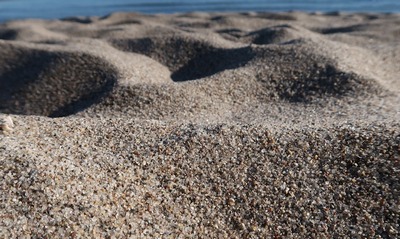
The abrasive pads consists of , several types of abrasive factors in the form of granules as : nylon , plastic , foam , microfibers , electroplated diamond , metal with several types of coarseness , bonded together but non woven , into hand pads – block pads , or glued down on to many types of textile , as cloth , elastomer films , cotton .
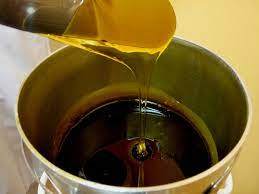
What is a Hand pad ?
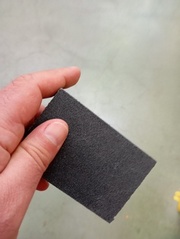
The hand pad is a component sponge shape fibre , which is ingrained( non woven ) with several type of abrasive factors in granule shapes and having many types of rectangular sizes and thicknesses , easy to use manually by any size of hand .
Are Scotch-Brite pads , abrasive ?
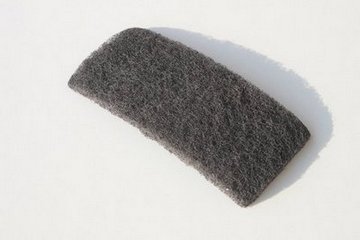
Yes , the scotch – brite is a very fine example of a common abrasive pad , everybody can find in the stores and make his wood wet or dry conditoning very easy and with a big resistance to wear and friction .
What are the 4 Types of abrasive pads ?
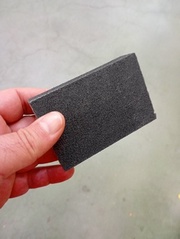
Remember that the same mindset as the sandpapers , exists for the abrasive pads , too . The grit’s ranking begins from the roughest and ends to the most softer – finer – smoother , we use for the last polishing .
It begins from A to Z , with the A being the most rough – aggresive grit level and the Z the most finer . Between this range we have may types of grit coarsenesses , which are declared with a wide range of colors .
Some of the most popular are the :
1) The Green : 100 grit .
2) The Maroon : 180 – 280 grit .
3) The Grey : 260 – 340 + grit .
4) The White and Gold : 500 – 600 grit + .
We also have the black and brown pads , which are for orbital sanders mostly and more hard “jobs” . The blue and green which are for general wood power rubbing .
The range of numerology – colors and grits , differ from country to country , from brand to brand .
Don’t mess your mind with that . Have a general idea of what grit you want and to be 100% certain and precise , you’ll need to feel and touch your sandpaper – abrasive , et.c .
What does 80 grit means ?
It usually means that the abrasive pad you’re about to buy , “leans” to the rough side of the coarseness range of the grit’s scale .
What grit is a Grey pad ?
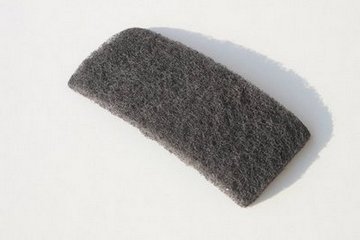
The grey pad usually is a little above the medium roughness pad and it’s closer to the more finer grit’s pads .
It isn’t for rough rubbing and you may use it to refine good , but not totally perfect , a coat of finish or end your sanding , if you don’t want perfect sanding for a reason .
When i use linseed oil i don’t sand perfect . I want the wood pores open .
What grit is a White pad ?
The white pad as the golden also is the most fine abrasive pads , having the appropriate grit to finish perfectly your sanding process .
What grit is a Maroon pad ?
The maroon pad is a step above the most aggresive – rough grit pads and helps to start to shape – condition your surface for the finers grits .
What Color pad , is best for Polishing ?
The white abrasive pads are the last step of your polishing process .
What is a Good polishing pad ?
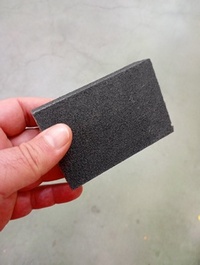
A good polishing pad is the appropriate pad you want for the specific sanding job , you have to accomplish and should combine , quality – price – performance , be long lasting and not leave scratches , sanding lines or “spider” shades behind .
What is the Best abrasive ?
The best abrasive should be the exact material you want to fullfil the sanding “mission” you have , being solid enough and flexible enough at the same time , giving you nice grip , be able to be used with sanders and by hand , not damaging wood , be cheap and long lasting .
What is the Steel Wool ?
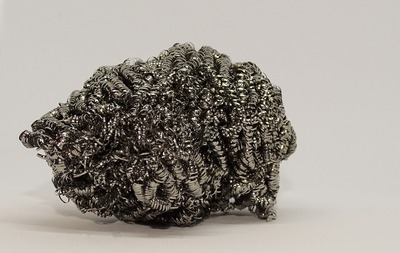
The steel wool for wood use , is a skein or sponge type created and shaped abrasive material , that consists of , a pack of thin – elastic and very sharp low carbon steel filings , having several lengths , widths , weight , texture( roughness) and quality of its elements .
What is steel wool , Used for ?

The steel wool is used mostly for light finishing – polishing or “cleaning” and removing some finishing residues from a wooden surface , or maybe applying some wax layers and not for very serious trimming – rubbing – sanding .
Can you use steel wool , on Wood ?
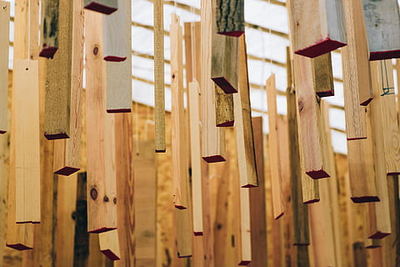
Yes , certainly you can use steel wool for your wood polishing – treating – between coating , but you should be carefull because some types of wood( oak ) can cause dark spots in their surface as a reaction of the steel wool and their fluids .
Is steel wool , just Iron ?
No , it’s not just iron , it can be several mixtures of metals , as stainless steel , carbon steel , steel with bronze , et.c .
Is steel wool 100% , steel ?
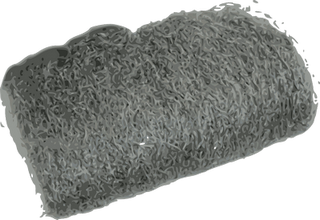
No , the steel wool isn’t 100% steel alloy , because it contains carbon in several percentages and other kind of metals .
Can steel wool , get Wet ?
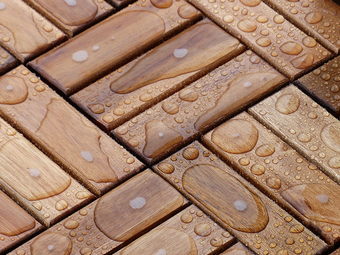
No , i don’t suggest you to use steel wool on wet conditions , except it is high quality of stainless steel , because it’ll have rust issues .
You can use an old and damaged piece and then throw it away .
Can steel wool , Rust ?
Yes , it gets rust except the stainless steel type and especially the good quality of this type .
When Not to use , steel wool ?
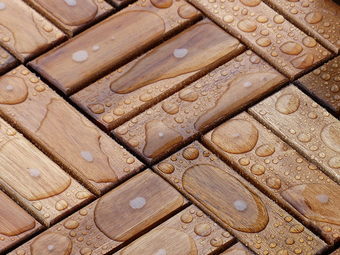
You should not use steel wool on wet woodworking finishing – polishing jobs , in types of wood which they have many fluids , cellulose , tannins , et.c and with every wood finishing product , which is water based , for the same reason .
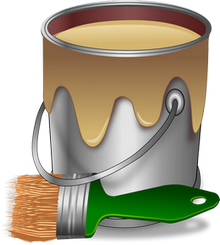
How long does steel wool , Last ?
This depends of the quality of the steel alloy it’s made , from the difficulty level your wood job has , the general moisture of the atmosphere if we aren’t talking for high level stainless steel wool , the storage conditions and your personal manual rubbing treatment .
If the conditions are very good – perfect , you won’t have problems for extremely long time , but eventually it’ll have rust and wear issues . No material on Earth is “immortal” .
Is 0000 steel wool , Fine ?
Yes , it’s a very fine steel wool because in here the roughness numerology from A to Z , begins with numbers and ends with zeros .
We start to count from 3 , 2 , 1 , #0 , #00 , #000 , # 0000 . As we close to the zeros , the smoother the steel wool . Many zeros , more smoothness .
Why Use , 0000 steel wool , on wood ?
The # 0000 steel wool is a very fine wood finishing wool steel , because it’s very fine tecture and it’s very smooth for a variety of “surgical and accurate jobs , as applying wax , correct a shellac finish or a varnish , et.c .
Keep woodwokring and the happiness is certain .
